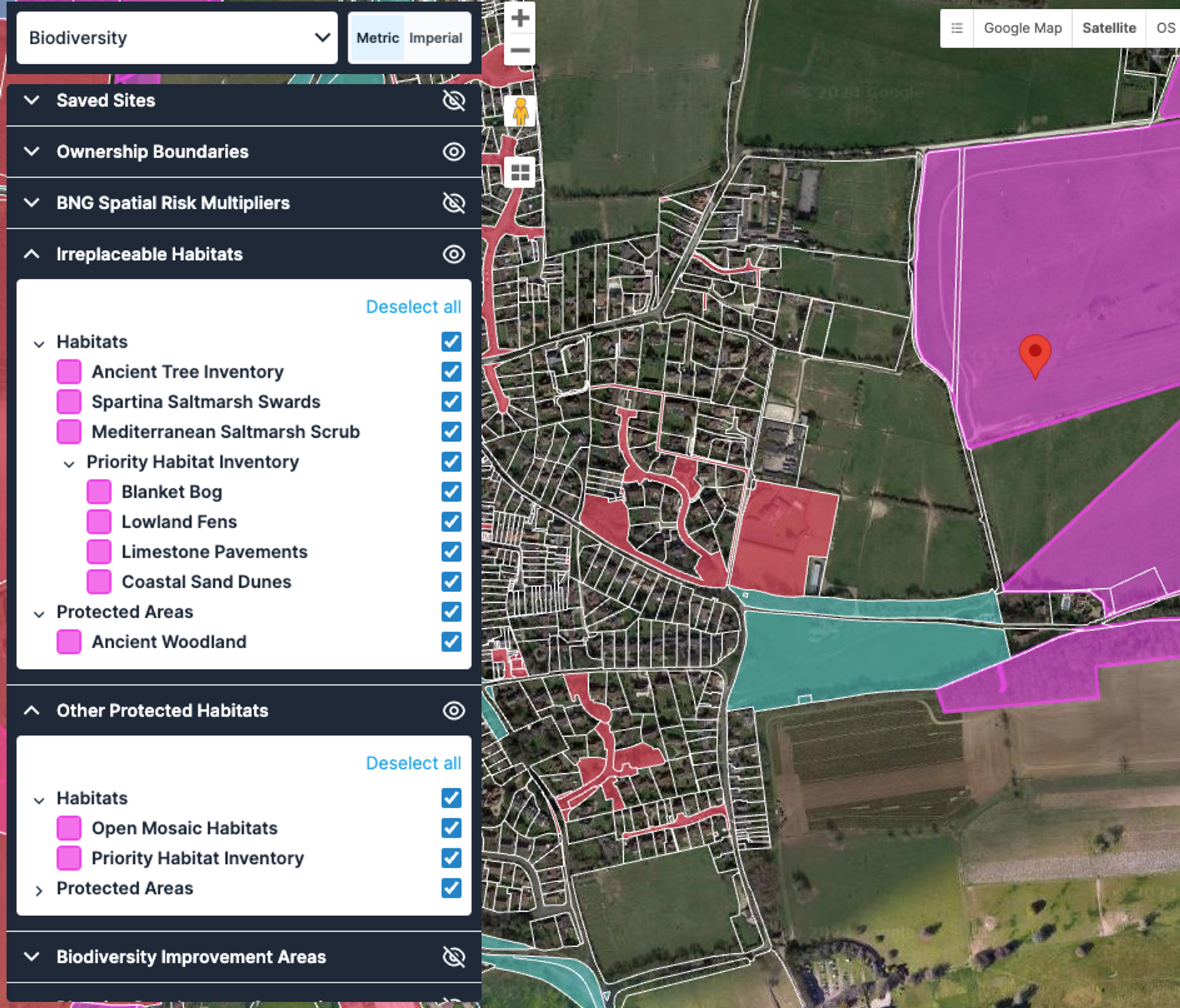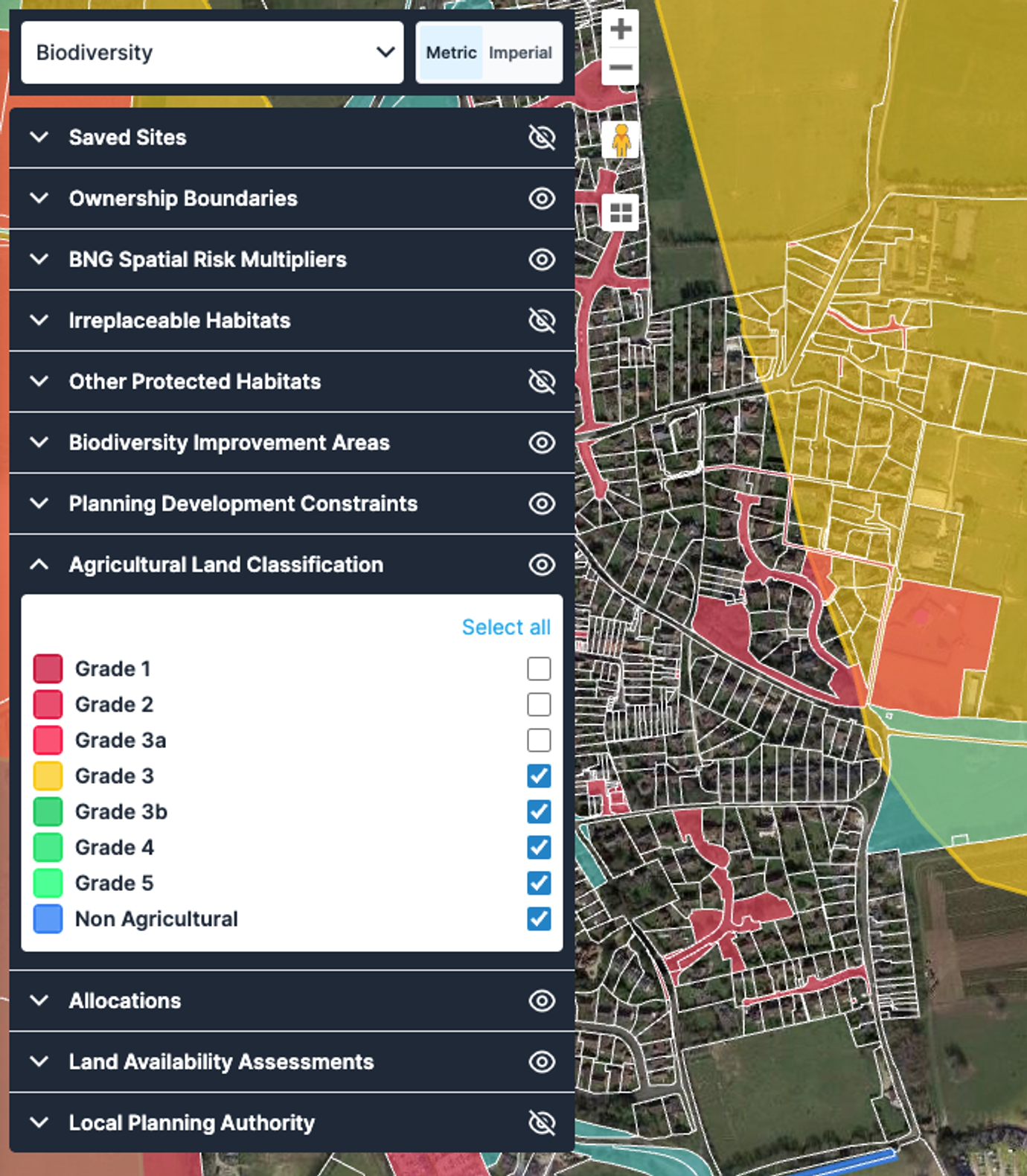What exactly is the Biodiversity Net Gain law and when will it start to be a factor developers need to consider?
The concept of Biodiversity Net Gain (BNG) has become a pivotal aspect of the development industry in England. BNG requirements had featured in some local plans, and the delivery of a measurable net gain in biodiversity was already a requirement in national policy, but the introduction of the Environment Act 2021 had made the delivery of BNG compulsory for most developments. This legislative framework mandates that all new developments must deliver at least 10% BNG, essentially ensuring that the natural environment is left in a measurably better state than before the development took place.
Why is the BNG law important for the property development industry?
Developers now are required to assess the pre-development biodiversity value of the site and then demonstrate how their project will result in a net gain in biodiversity.
There are provisions in the policy that penalise any attempt to influence the outcome of this assessment, for example, by pre-clearing or otherwise damaging the biodiversity of a site.
If Biodiversity cannot be demonstrated on the site, biodiversity offset sites will need to be established, and then maintained for at least 30 years, to enable an overall BNG uplift to be demonstrated.
The introduction of BNG represents a significant step forward in aligning development practices with environmental conservation goals. It underscores the importance of preserving and enhancing biodiversity as part of sustainable development and reflects a growing recognition of the intrinsic value of the natural world.
Who does the BNG law apply to?
The BNG provisions in the Environment Act apply to all development operations, but the implementation of the requirements has been managed in stages. The first stage came into force in February, with the provisions proposed to extend to small developments on 2nd April. Some types of development are subject to exemptions, currently these are:
What are the challenges that the BNG law represents to property developers?
Meeting the requirement to deliver a 10% net gain in biodiversity will be a challenge on some sites. Contrary to some expectations, the requirements may be easier to satisfy on larger former agricultural sites where development works replace crop monocultures; conversely disused urban sites often provide a rich tapestry of species. So there is a possibility that this policy will actively work against the Government’s ‘brownfield first’ policy for development.
Additionally, because the BNG requirement is derived from its own legislation (i.e. the Environment Act), the costs of delivering New Gain are unlikely to be easily eroded using a viability argument. This means that the delivery of other public goods (e.g. parks, schools, affordable housing etc.) may be disproportionately affected and diluted.
Finding suitable offset sites that can be improved and maintained close to the development site that you’re looking at is going to be vital to ensure that a steady pipeline of development sites is maintained over the coming years.
How can LandTech help to solve these challenges for developers?
To help our users accommodate for BNG on their development projects, we’ve developed an entirely new layer in LandInsight completely dedicated to it. The aim of this new layer is to provide property developers with two main things:
- Indications of high value or irreplaceable habitats at a site which may result in a development being unviable, particularly complex, or requiring bespoke negotiation and compensation.
- Provide information to assist clients in determining more suitable areas to search for offsite BNG mitigation.
How can the new BNG layer within LandInsight be used?
There are two main scenarios that the BNG layer has been designed to be used for:
BNG consideration whilst initially searching for a development opportunity
By using the Irreplaceable habitats/Other protected habitats data streams with the BNG layer, developers will be able to flag higher biodiversity value sites which could have a significant impact on the viability of a site for development.
Additionally, if a priority or protected habitat is located on site, the small sites metric (to be introduced from 2nd April 2024) cannot be used. Using the small sites metric means that you do not require a condition assessment or a qualified ecologist to complete the metric, leading to much greater efficiency for small developments i.e. those with fewer than 10 dwellings.

Identifying off-site mitigation sites
There are a number of data sets within the layer designed to help users find viable BNG sites outside of their core development site.
BNG Spatial Risk Multipliers and Local Planning Authority layers help users find development sites with potentially lower off-site BNG mitigation needs.
Biodiversity Improvement Areas point to lands needing biodiversity boosts, suggesting opportunities for environmental enhancement projects.
Allocations indicate development-earmarked sites aren't fit for BNG offsetting.
Land Availability Assessments highlight potential constraints or opportunities for BNG offsetting. Sites favorable in SHLAA assessments aren't ideal for BNG offsetting, whereas SHLAA-negative sites might be.
Planning development constraints currently include Green Belt and Flood Zones, marking areas potentially better suited for BNG offsetting due to lower development likelihood.
Agricultural Land Classification deems Grades 1-3a agricultural land as unlikely candidates for BNG offsetting due to their value in production, while Grade 3b or lower lands may be more appropriate.

How can developers get started with the LandTech Biodiversity layer?
If you’re a developer, or any other type of property professional, then the new Biodiversity Net Gain layer within LandInsight represents an efficient way of factoring BNG into your projects.
If you’re on the LandTech Unlimited plan, then you already have access to the BNG layer. To get started, open a support chat in-app or contact your customer success manager for a demo.
If you’re new to LandTech and would like to learn more, simply click the button below where we’ll collect a few details from you, and be in touch with you shortly after.

